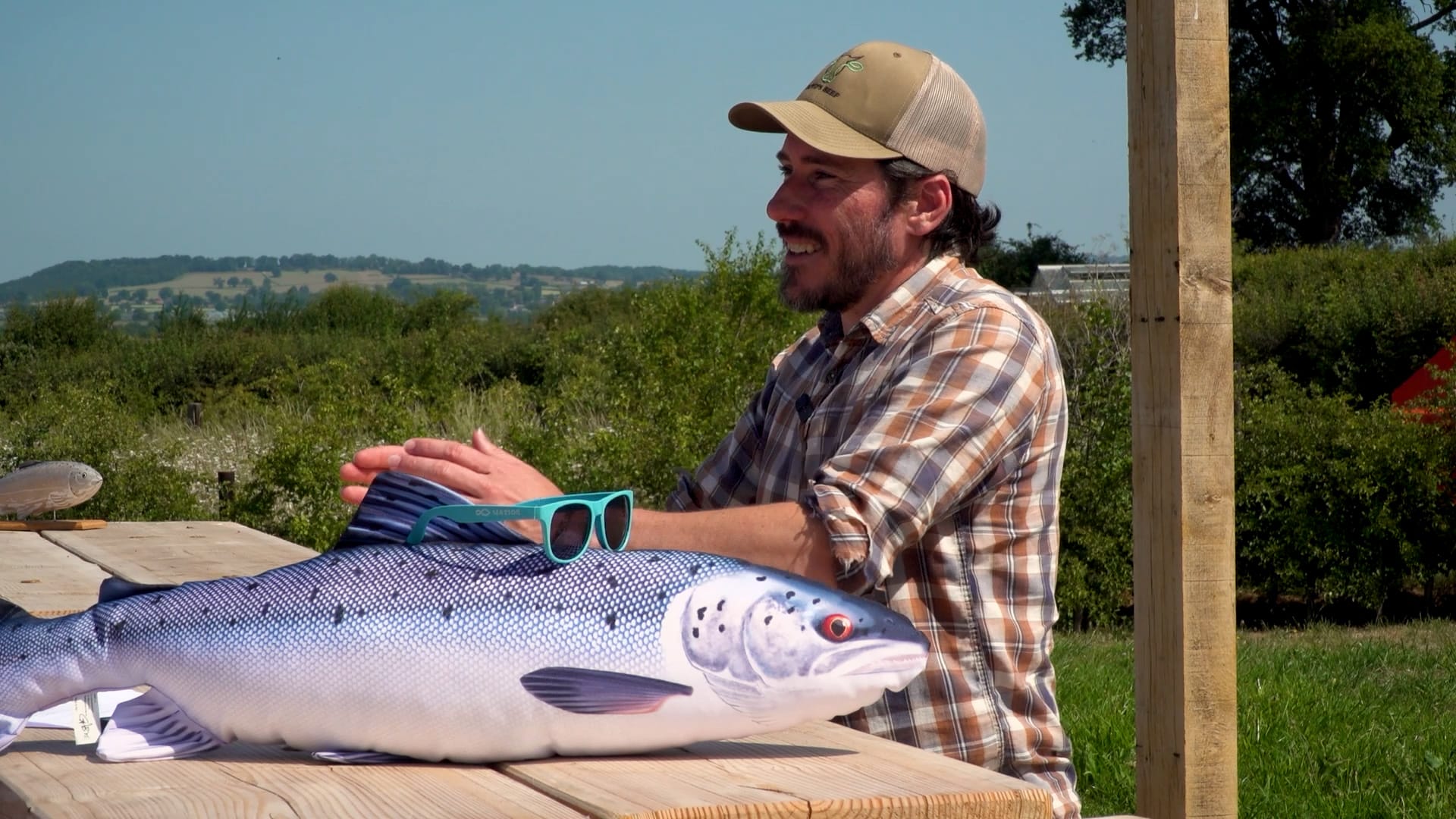
Building Soil Health with Joel Williams - The Sea2Soil Podcast – Episode 4
In Episode 4 of The Sea2Soil Podcast, Grant James is joined by Joel Williams, internationally respected soil health educator and founder of Integrated Soils. Together, they explore where soil conditioners fit into regenerative systems, the role of carbon-based inputs like fish hydrolysates, and the long-term gains farmers can expect when feeding both plants and soil biology.
Soil conditioners: a catalyst for soil health
In this conversation, we stumble onto the reawakening of farmers' interest in soil health, with Joel talking about the growing recognition of soil conditioners as a valuable tool. Products such as seaweed extracts and fish-based amendments not only provide nutrients but also stimulate soil biology with amino acids and other carbon-rich compounds - feeding microbes and plants alike.
A long-term journey, not a quick fix
A key message listeners will find in this episode is how rebuilding soil takes time. Joel emphasises that while farmers may see changes within 3–5 years, regeneration is a lifelong process of continual improvement. Inputs can help speed up the transition, but ultimately it’s about balancing nutrient offtake with sustainable inputs, while unlocking the reserves already stored in the soil.
Timing matters
Much as we have discussed in our recent blog post, timing is everything. When it comes to applying amino acids, Joel notes that living systems are always hungry for them - except during the depths of winter when growth slows. For autumn-sown crops, autumn is a particularly important window, as amino acids support early root establishment before dormancy. Spring and in-season applications also play a role in boosting nitrogen efficiency and protein synthesis.
Cutting nitrogen use
From his work worldwide, Joel has seen many farmers comfortably reduce nitrogen inputs by 20–30%, with pasture systems sometimes cutting their inputs by up to 50%. The key is replacing reactive inorganic nitrogen with more stable, carbon-based organic forms. These not only reduce losses to leaching and off-gassing but also improve nitrogen use efficiency, allowing plants to produce more biomass per unit of input.
Where to start?
For farmers looking to begin their regenerative journey, Joel recommends starting with the five soil health principles: minimise disturbance, keep soils covered, maintain living roots, integrate livestock, and embrace diversity. Growing plants - whether through cover crops or perennial phases - is central to feeding soil biology. From there, organic amendments and bio-stimulants can be used to kickstart the system, while reducing practices that harm soil life.
As Joel concludes, it’s about “doing less of the baddies and more of the goodies” - a simple but powerful principle for anyone serious about long-term soil health.
Find out more about Episode 4 of The Sea2Soil Podcast with Joel Williams, landing on September 25th.